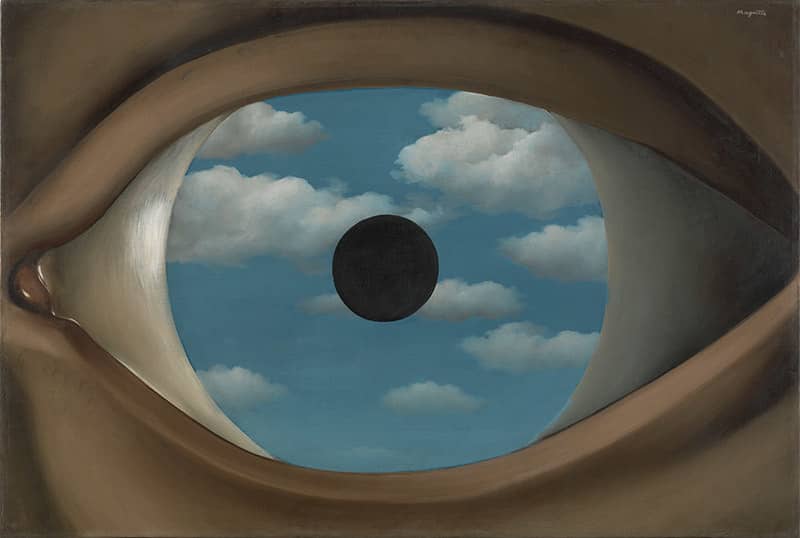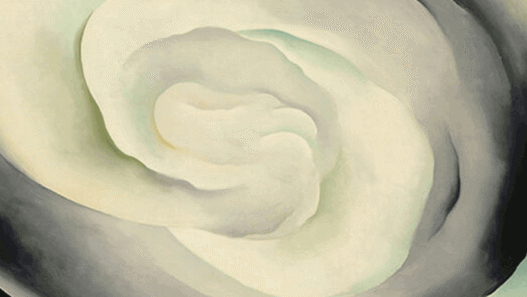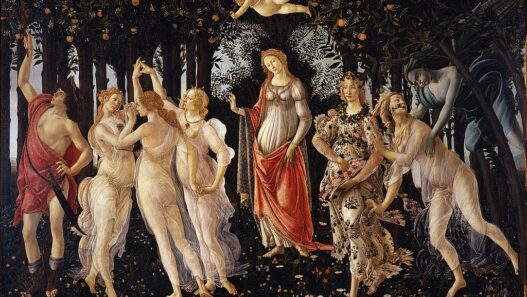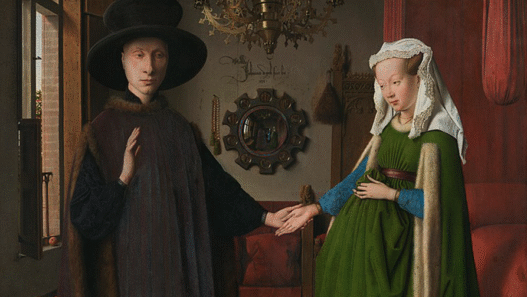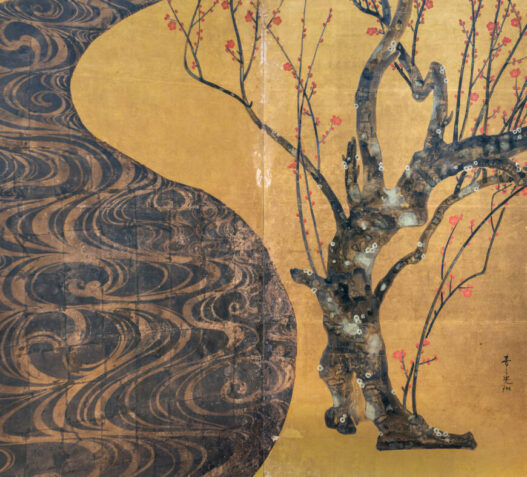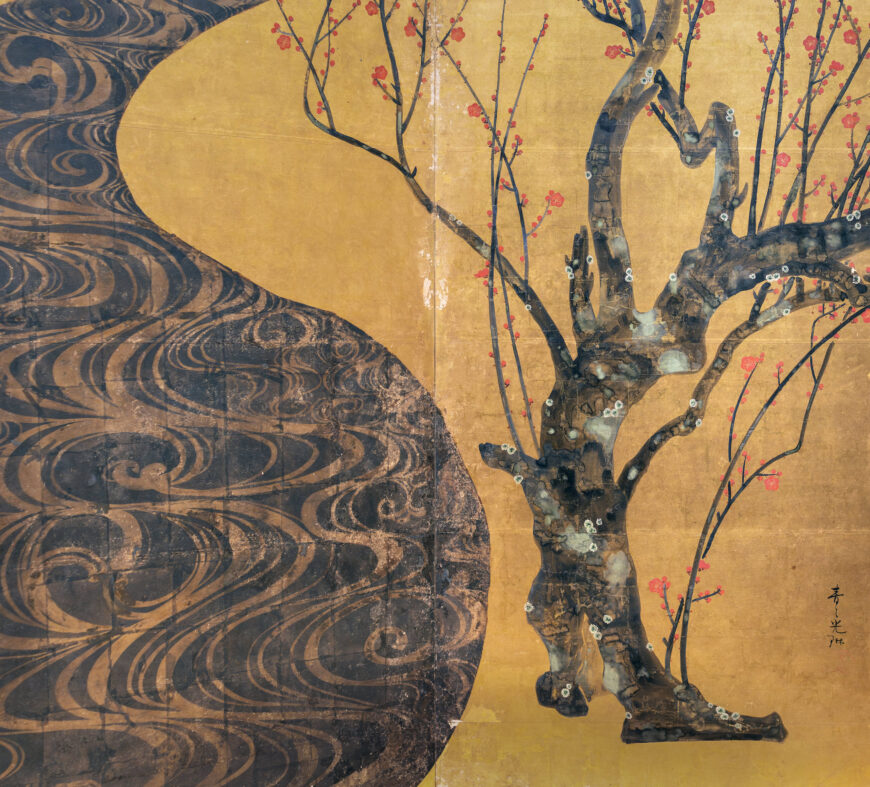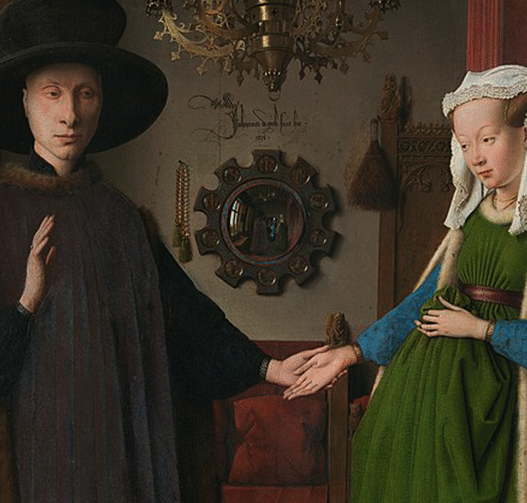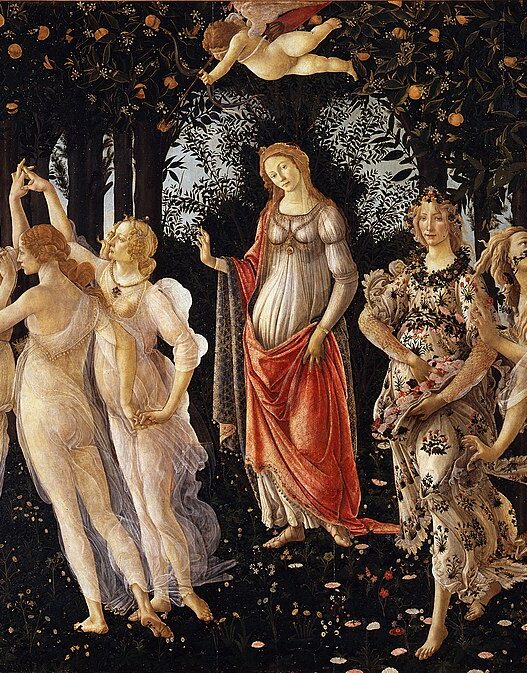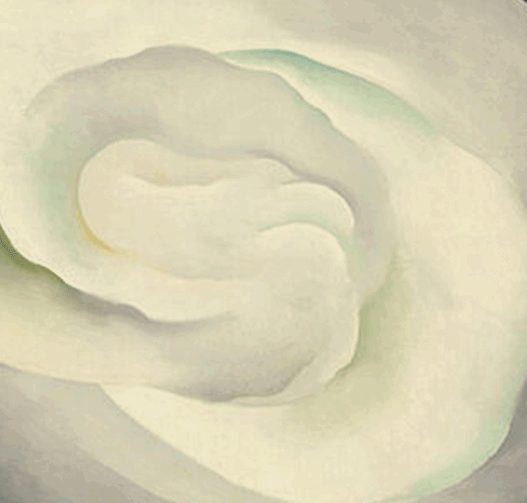Created during the Edo period, “Red and White Plum Blossoms” is a pair of two-panel byōbu folding screens that embody expressive simplicity and decorative power. Set against a luminous gold-leaf background, a slender stylised stream sweeps between a red-blossomed plum tree on one side and a white-blossomed one on the other. The piece is registered as a National Treasure of Japan.
On the surface, it appears deceptively simple: two trees, a stream, gold backing. Yet beneath that lies a wealth of meaning, seasonal symbolism, aesthetic innovation, and the triumphant emergence of the Rinpa school of painting.
The white-plum tree’s trunk
One of the things that immediately captivates the viewer is the bold asymmetry. The white-plum tree’s trunk is mostly rendered outside the left panel’s frame, while the red-plum tree on the right is framed fully within the screen. The stream that divides them is not a thin line, but a broad, patterned current sweeping diagonally across the screens, adding rhythm and movement.
Seasonal & Symbolic Meaning
Plum blossoms (in Japanese ume) are traditionally associated with early spring, renewal, purity and resilience, because they bloom when frost still lingers and many other plants remain dormant. Both red and white blossoms evoke the duality between youth and age, bloom and stillness, or perhaps contrast in nature’s cycles.
The flowing stream between could symbolise the passage of time, the continuous flow of life, or the meeting point of contrasting forces. The gold background pushes this beyond mere representation into the realm of symbol and abstraction; nature is not only captured but elevated.
Because this work is executed toward the end of Kōrin’s life, it also holds the aura of a culminating effort, his mature style distilled.
What To Look For When Viewing It
When you look at this artwork (in person or via photograph), here are a few things to keep in mind:
Tree placement & framing: Notice how the white-plum tree seems to expand outside the left panel while the red one is contained; this creates tension.
The flowing stream: The broad, curving current is central to the rhythm of the composition.
Surface & technique: Look at the tree trunks for the soft blur of tarashikomi; look at the blossoms for the absence of outlines.
Gold background: See how the metallic surface transforms with light, giving the scene an other-worldly glow.
Contrast & unity: Red vs white, stillness vs motion, natural vs decorative, all working together.
“Red and White Plum Blossoms” by Ogata Kōrin is far more than a beautiful decorative screen. It is a synthesis of technique, symbolism, aesthetic invention and cultural context. It tells of renewal and contrast, time and flow, and the elevation of nature into art.
Whether you are drawn to the subtle symbolism of the plum blossom or the sheer visual poetry of the gold-leaf scene, this pair of screens remains a timeless masterpiece.
